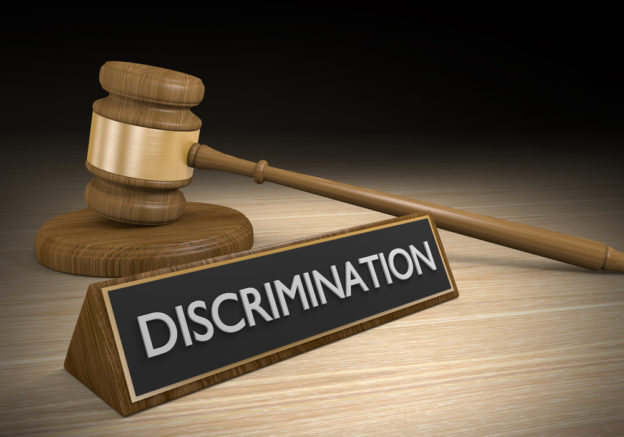
Mark Wiletsky
When an employee complains of discrimination or harassment, companies often investigate the matter. Doing so allows a company to address alleged improper behavior and it may allow the company to avoid potential liability – if it takes prompt remedial action. But what if the employee believes the company’s investigation was half-hearted or inadequate – is that retaliatory? A recent decision from the Tenth Circuit Court of Appeals affirms that even a shoddy investigation does not give rise to a retaliation claim, absent some additional harm.
Stacie Culp and Stephanie Peters worked as servers at a restaurant operated by Remington of Montrose Golf Club (Remington). Both alleged that they were sexually harassed by the bartender / assistant floor manager. Initially, neither Culp nor Peters reported the harassment. Peters alleged that Remington management had not taken action in response to past complaints, and Culp feared that her complaints would not be taken seriously.
Culp eventually mentioned the harassment to a manager at a different restaurant, where she applied to return to her former job. This information reached Remington’s management, prompting an investigation. Remington interviewed 10 female servers, but asked each person only two questions: (1) is there anything inappropriate around the bartender that you would like to disclose or talk about, and is there anything you would like to add? Remington did not ask the individuals whether they had witnessed any inappropriate conduct between Culp or Peters and the bartender, nor did it ask follow-up questions, even when the interviewees disclosed harassment or other inappropriate conduct. Read more
















